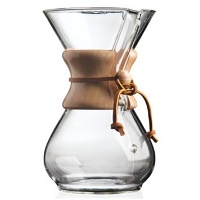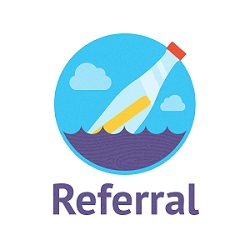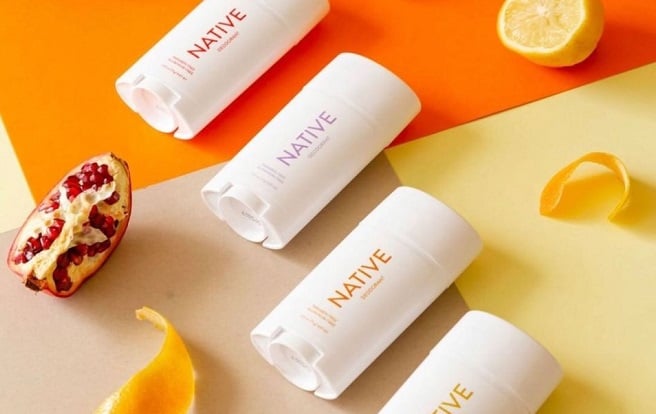Ecommerce case studies
Success stories and lessons learned about eCommerce strategy. How real businesses do data-driven marketing with ecommerce analytics, CRM, and email automation.
Best WooCommerce email marketing tips [+ case study]
WooCommerce does offer some email functionality, but not enough for a serious brand to stay in business. For good or bad, WooCommerce stores always use a third-party email marketing tool. But how to choose it and how to best use it – it’s often trial and error.
Now, you don’t have to go through that.
In this article, we highlight the most important things you need to be able to do with your WooCommerce email marketing tool, coming from our experience and daily communication with WooCommerce store owners.
Also, one of those owners shares his inspiring success story. He managed to bump up their email marketing conversion rates by 10%! How – he contributed his tactic to our list.
The biggest challenge for online coffee sellers: A success story on differentiation
Online fresh roasted coffee shops are an extraordinary corner of ecommerce. We say it not only as coffee junkies but as marketers too.
It’s an incredibly hard product to market – it looks generic to the average consumer, and at the same time it’s hard to showcase online because its most distinctive features are taste and smell.
That’s why we’re so deeply interested in the strategies online direct-to-consumer coffee brands use to sell. They’re true marketing heroes and we enjoy picking their brains.
We talked to Andrew Aamot, President of Sträva Craft Coffee, about the challenges of selling coffee online and what he wishes he knew before starting.
11 Marketing channels to promote your vape shop online
The vape industry is booming. Demand is not likely to die away soon with bans on smoking across the globe. If you sell e-cigarettes or e-liquids online, you know the competition is ruthless.
Probably the biggest problem in the industry is not the different laws regulating it in different countries and states, but the denied access to paid search and Facebook ads for vapes and related products.
How do you grow your vape shop if you can’t advertise?
How to build a community around your brand
Having a community of power users and brand advocates around your products is 
I had the chance to talk to one of the coolest Shopify experts – Jonathan Kennedy of HeyCarson.com, an agency helping Shopify store owners with small tasks on their sites.
What makes a successful brand community?
- Shared interests and value among members and the brand
- Lead with authenticity and honesty
- Bringing other like-minded brands in, too
- Build it when you have a good, stable product
- Fueled by brand advocates
- High activity
- Keeping it clean, pleasant and not spammy
Referral: AARRR metrics for ecommerce Part 4
We’re continuing with the AARRR Metrics for eCommerce. So far, we’ve explained the first 3 – acquisition, activation and retention. This week it’s Referral time! (For a quick recap, see this infographic.)
What’s referral as an AARRR metric?
Dave McClure, who coined the framework, doesn’t set strict limitations on what it is and what it isn’t.
In his original presentation of the concept, he puts it broadly: it’s when someone refers someone else to your website and the new visitor takes some action. Just that. They don’t have to be a customer to do the referral, and the action is not necessarily a purchase.
AARRR Activation Case Study: Barrington Coffee Roasting Co.
We know you’re fed up with theory – it doesn’t show you results. That’s why we talk to ecommerce business owners like you about every aspect of operations and give you these short, focused case studies – they cover the essential and nitty-gritty details you can steal and apply to your online store today.
This case study in particular illustrates how а coffee-delivery business, the Barrington Coffee Roasting Company, activates its prospective customers while operating both online and offline.










